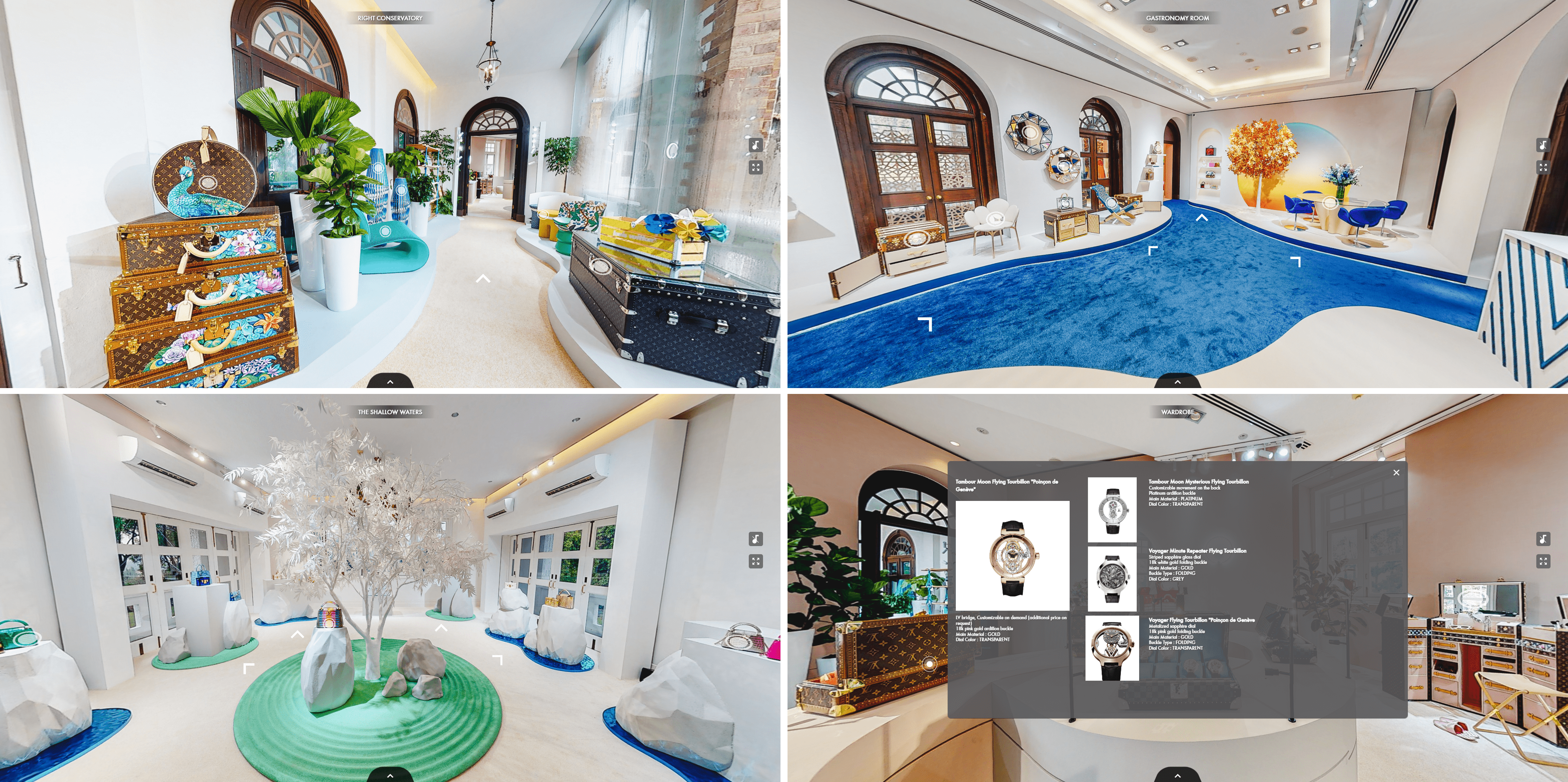The luxury industry has traditionally relied on in-person experiences to create a sense of exclusivity and premium customer service. However, with the growth of online shopping, the luxury industry is now adapting to meet the demands of digital consumers. In this post, we will explore some of the key trends and technologies that will shape the future of online shopping for the luxury industry.
Virtual Showrooms and Experiences
Luxury brands are now using virtual showrooms to showcase their collections and create immersive online experiences for their customers. These virtual showrooms allow customers to explore and interact with luxury products in a way that feels almost as real as being in the store. Customers can browse collections, view product details, and even experience 360-degree views of products, which allows them to feel as though they are in the store. Louis Vuitton, Dior, Guerlain & Tag Heuer are some examples of brands that have already started merging the in-store experience with an immersive online shopping experience.
 Louis Vuitton Savoir Faire Singapore
Louis Vuitton Savoir Faire Singapore Artificial Intelligence and Personalization
Personalization is the key to creating a memorable shopping experience. AI-powered recommendation engines are making it easier for fashion brands to deliver highly personalized experiences to their customers. By analyzing customer data, such as past purchases and browsing behavior, AI can recommend products that are tailored to the customer's preferences, styles, and budget. It can also be used to suggest complementary products or to offer promotions based on a customer’s shopping behavior. This allows luxury brands to create an experience that is tailored to the individual customer's taste and style.
Augmented Reality and Virtual Try-On
Augmented reality (AR) and virtual try-on technologies allow customers to virtually try on products, such as clothing and jewelry, before making a purchase. This creates a more engaging and personalized shopping experience that can help customers make better purchase decisions.
One of the challenges of online shopping has always been the inability to touch and feel products before making a purchase. However, advancements in haptic technology are changing that. Haptic technology uses vibrations and other tactile sensations to simulate the feeling of touching a product. For example, a customer could use haptic gloves to feel the texture of a fabric or the weight of a product before making a purchase. This technology is still in its early stages, but we can expect to see more haptic-enabled devices in the future.
Sustainability
Sustainability has become a critical issue in the fashion industry, and online shopping is no exception. Customers are increasingly aware of the environmental impact of their purchases and are looking for ways to shop more sustainably. To meet this demand, many fashion brands are adopting sustainable practices, such as using eco-friendly materials, reducing waste, and implementing sustainable supply chain practices. We can expect to see more sustainable fashion brands and retailers who prioritize sustainability in their online shopping experience.
E-Commerce Platforms and Marketplaces
E-commerce platforms and marketplaces are becoming an important channel for brands to reach new customers and expand their online presence. They are partnering with online marketplaces and e-commerce platforms, such as Farfetch and Net-a-Porter, to reach a wider audience and increase their online sales. These platforms provide access to a large and diverse customer base, as well as the technology and expertise needed to create a seamless online shopping experience.
We can expect to see more integration between online and offline shopping experiences, especially through the power of virtual showrooms and AR/VR technologies. Many retailers are now offering “buy online, pick up in store” options, which allow customers to shop online and then pick up their purchases at a physical store. This provides customers with the convenience of online shopping while still allowing them to have a physical shopping experience.
While in-person experiences will always be a key part of the luxury industry, online shopping will continue to grow in importance, as customers demand convenience and accessibility, without sacrificing the exclusivity and premium customer service that defines the luxury industry.